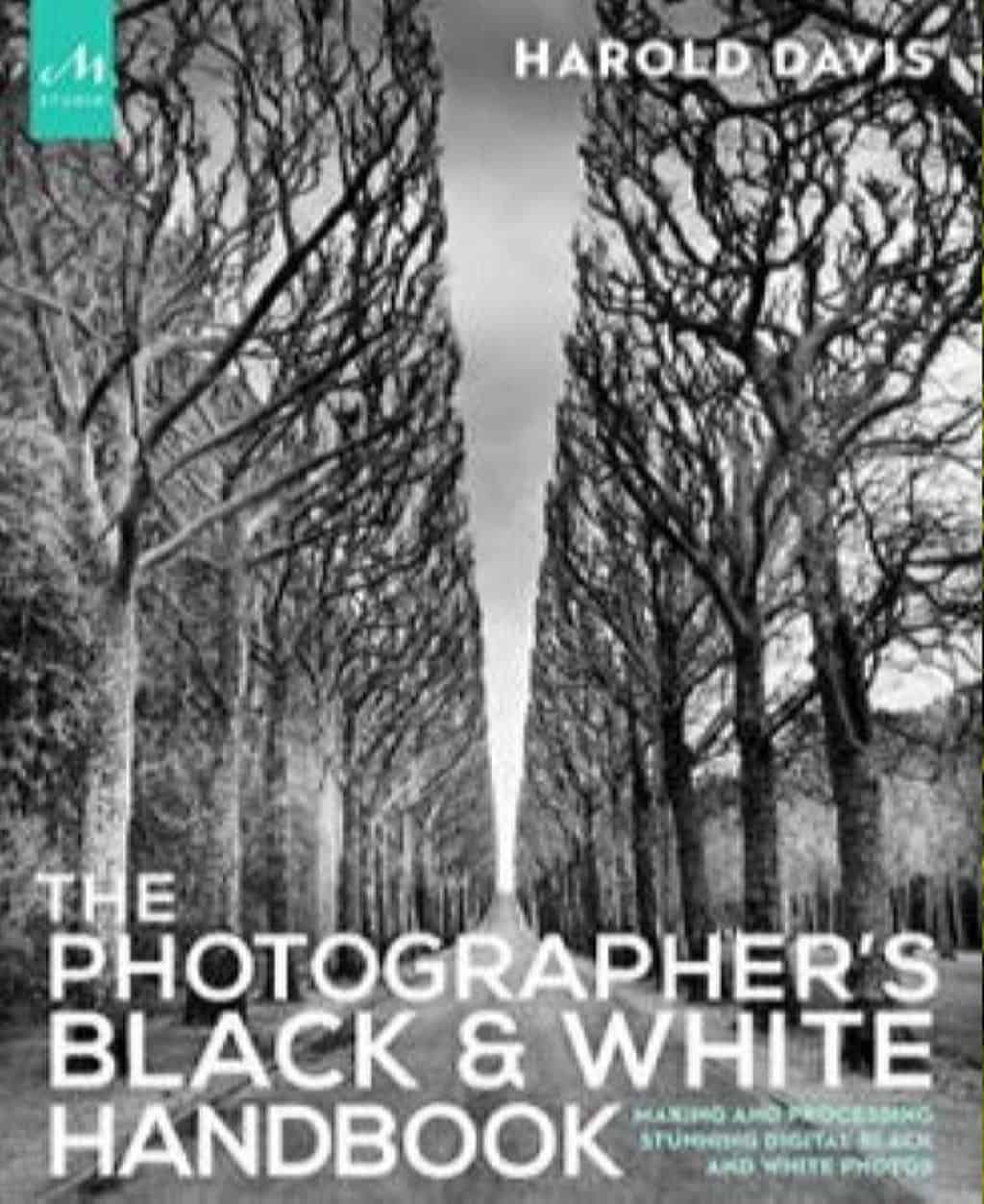 Capturing Beautiful Moments
Capturing Beautiful Moments
By Vivienne Uccello, Public Relations Coordinator
Photography is so important in modern society, that there are thousands of books on the subject. We can all admit that it’s not necessarily the camera that takes a good picture. You may be tempted to invest in expensive equipment, but you would be wise to invest time and effort in technique first. These are a few books which I’ve found useful and inspiring.
Expressive Photography: The Shutter Sisters’ Guide to Shooting from the Heart is full of gorgeous images with explanations of their elements. Learn about composition, find basic techniques for capturing beautiful shots, and enjoy a wealth of photo examples. After flipping through these pages, you will start noticing new things. One day, you will see the quality of light coming through the window and usher your children outside to capture a few special moments. It will feel wonderful and you will be rewarded with incredible images.
One great point the authors offer is to “imagine what the world might look like through the eyes of your subject.” For instance you might lie down in the grass to capture a photo of your puppy and create a story instead of a routine snapshot.
The authors also provide ideas to overcome common problems. If a background is unattractive, shoot from below the subject and use the sky as a backdrop. To make your photos more interesting, don’t forget to move in extra close to capture small details the casual observer might have missed.
The information in Expressive Photography would be helpful for any photographer, no matter the level of experience. One of the main things I liked about this book: the photos take up more space than the text so you don’t have to wade through too much information to find useful points.
Another fantastic book, with more photos than text, is Capture the Moment by Sarah Wilkerson. This is billed as “the modern photographer’s guide to finding beauty in everyday life.” After reading it I felt the urge to slow down and take a second look at the simple objects around me. One photo featured an abandoned bowl of noodles, to illustrate the chaotic fun of a youngster eating pasta. It’s an object which I would never have thought to photograph, but the photo carried emotion and told a funny story.
While the book has advice for beginners, such as, “turn off the lights, disable the flash, and pose your subject by a window,” I believe the practical and artistic advice would be useful even for a seasoned professional. Be intentional in your approach, she says, and challenge your vision for the shot. Why not try photographing the edges of life? How about obscuring critical elements of the photo to create tension? Wilkerson also provides creativity exercises to develop your sense of composition. The section of black and white photography is very helpful and serves to scratch the surface of this complicated form.
If you would like to delve a little deeper into black and white photography, a new book by Harold Davis, The Photographer’s Black and White Handbook, will give you the tools you need. This text is geared toward the serious amateur who wants to take their work to the next level.
Without the “distraction” of color, principles of composition become even more important. Davis talks about “making the best use of internal and external boundaries, acknowledging and working with the underlying shape in the image; and constructing and depicting exciting and dynamic forms.” These are classic design principles and will help you transition from taking snapshots to creating art, no matter what type of photography interests you.
The next part of the process is working with software to alter the original image. Davis will step you through Photoshop to learn split-toning, selective and soft focus, and tinting a photograph, but actually learning Photoshop might take a little more than the advice he presents in his book.
Photoshop can be a daunting program. As the industry standard for photo editing, it’s what all of the pro’s use. It enables you to do everything from refining your photos to putting a gorilla head on your best friend’s body. It contains all of the tools you need to make almost any visual creation, but it takes some time to learn.
If you are new to Photoshop and would like to jump into the deep end, the library now has a Creation Station in the Tech Center computer lab. This station is equipped with the entire Adobe Creative Suite and has dual, high-quality monitors. You can watch tutorials from lynda.com on one screen and follow along with the practice files on the second. This is a great tool for anyone who wants to learn Photoshop, Illustrator, InDesign, Premiere, or any of the other fabulous programs offered by Adobe. It’s also a wonderful tool for professionals working on a project. The Creation Station, as well as the lynda.com tutorials, are available for use at no charge.
Visit the library at 629 Poyntz Avenue to check out any of the books mentioned above or to begin experimenting with the Creation Station.

